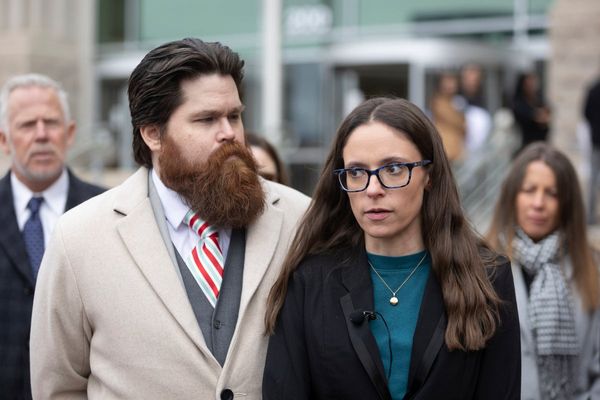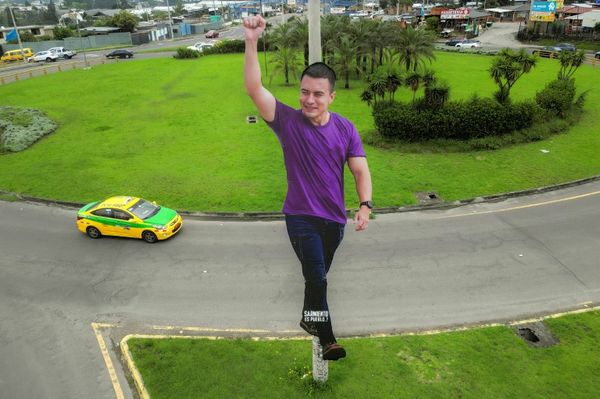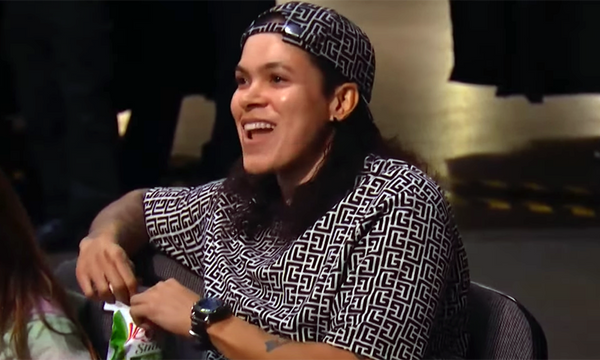
It’s called urban radio, but it really is black radio, for those who don’t know, and its story in many ways is the story of the often dramatic changes that swept through American life in the 20th Century.
Credit black radio with being a force behind those changes.
Black radio played a key role in the civil rights movement of the 1960s, rallying listeners to show up at protests. Using secret codes to avoid tipping off police, DJs in hot spots like Birmingham, Alabama, alerted protesters to the locations and times of marches and warned them where police had set up roadblocks.
Black radio also broke down racial barriers among listeners, drawing in white audiences to the sounds of black musicians.
By the 1970s, over 250 stations aired primarily black artists, up dramatically from 100 just a decade earlier, led by New York’s WBLS, the most-listened-to FM station in the country, with a mix of soul by artists like Stevie Wonder and Marvin Gaye and the jazz sounds of Grover Washington and Herbie Hancock.
Urban radio got its name from DJ Frankie Crocker who described his music as “what’s happening in the city,” or urban.
The name stuck. Today some 335 urban radio stations broadcast across the U.S.
Here are six things you should know about black/urban radio.
1.) The 10 largest owners of urban radio stations
Of the 10 largest urban radio groups, two, Urban One and Perry Publishing & Broadcasting, were founded by African-Americans.

2.) Tune-in is on the rise
Black listeners make up 13.5% of the total national radio audience (people aged 12 or older). Radio listenership among African-Americans is up 5% in the past half-decade.

3.) Radio is the most popular medium among black listeners

4.) Urban radio is big business
Fortune 500 companies dominate the top advertiser ranks.

5.) Urban radio’s greatest popularity is in the East

6.) Urban radio includes a range of formats from R&B to classic hip-hop








